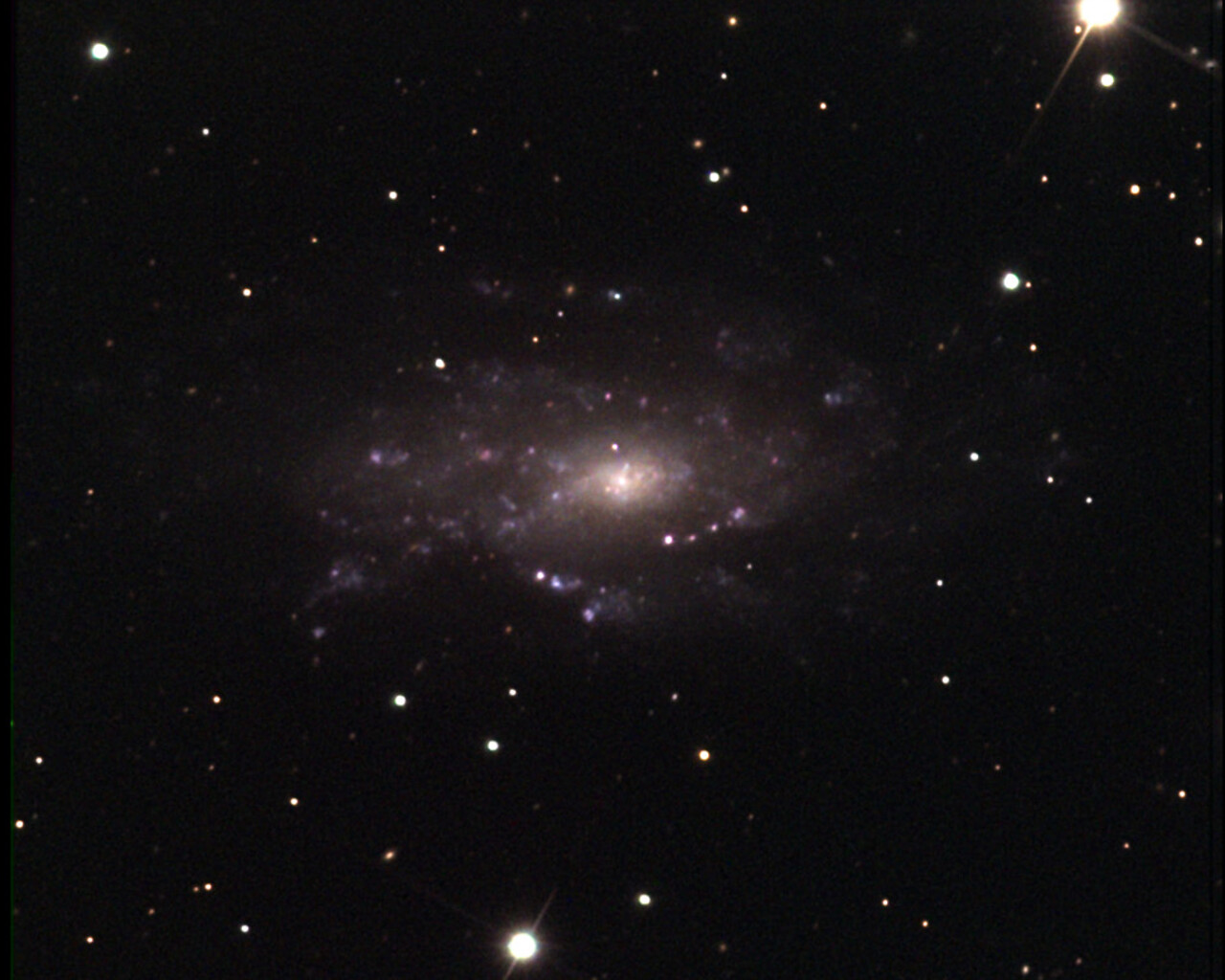Lynx
Origin
Lynx is a modern constellation created by Polish astronomer Johannes Hevelius in 1687. Lynx is named after the feline predator. It is a faint northern hemisphere constellation and Hevelius said you would need "the eyes of a lynx" to observe it.
Bright Stars
The brightest star in this constellation is Alpha Lyncis with an apparent magnitude of 3.14. The second-brightest star in the constellation is 38 Lyncis, which is a double star consisting of a bright blue-white star of magnitude 3.9, and a fainter component star of magnitude 6.8.
The third-brightest star is 10 Ursae Majoris. This star was originally part of the neighboring constellation Ursa Major (the Great Bear). However, it is now officially part of Lynx. It consists of a pair of stars, a yellow-white main sequence star of magnitude 4.11 and a yellow star of magnitude 6.18.


 Photo of the constellation Lynx produced by NOIRLab in collaboration with Eckhard Slawik, a German astrophotographer.
The annotations are from a standardized set of 88 western IAU constellations and stick figures from Sky & Telescope. Please find here a non-annotated version of the image.
Photo of the constellation Lynx produced by NOIRLab in collaboration with Eckhard Slawik, a German astrophotographer.
The annotations are from a standardized set of 88 western IAU constellations and stick figures from Sky & Telescope. Please find here a non-annotated version of the image.
Credit: E. Slawik/NOIRLab/NSF/AURA/M. Zamani
Notable Objects
Lynx is known for the deep sky object NGC 2419, a 9th-magnitude globular cluster that is 275,000 light-years away. It is one of the most distant globular clusters known that is part of the Milky Way galaxy.
NGC 2541 is a 12th-magnitude spiral galaxy also known as the Bear’s Paw Galaxy.
NGC 2770 is a 12th-magnitude spiral galaxy which hosted a supernova in 2008.









